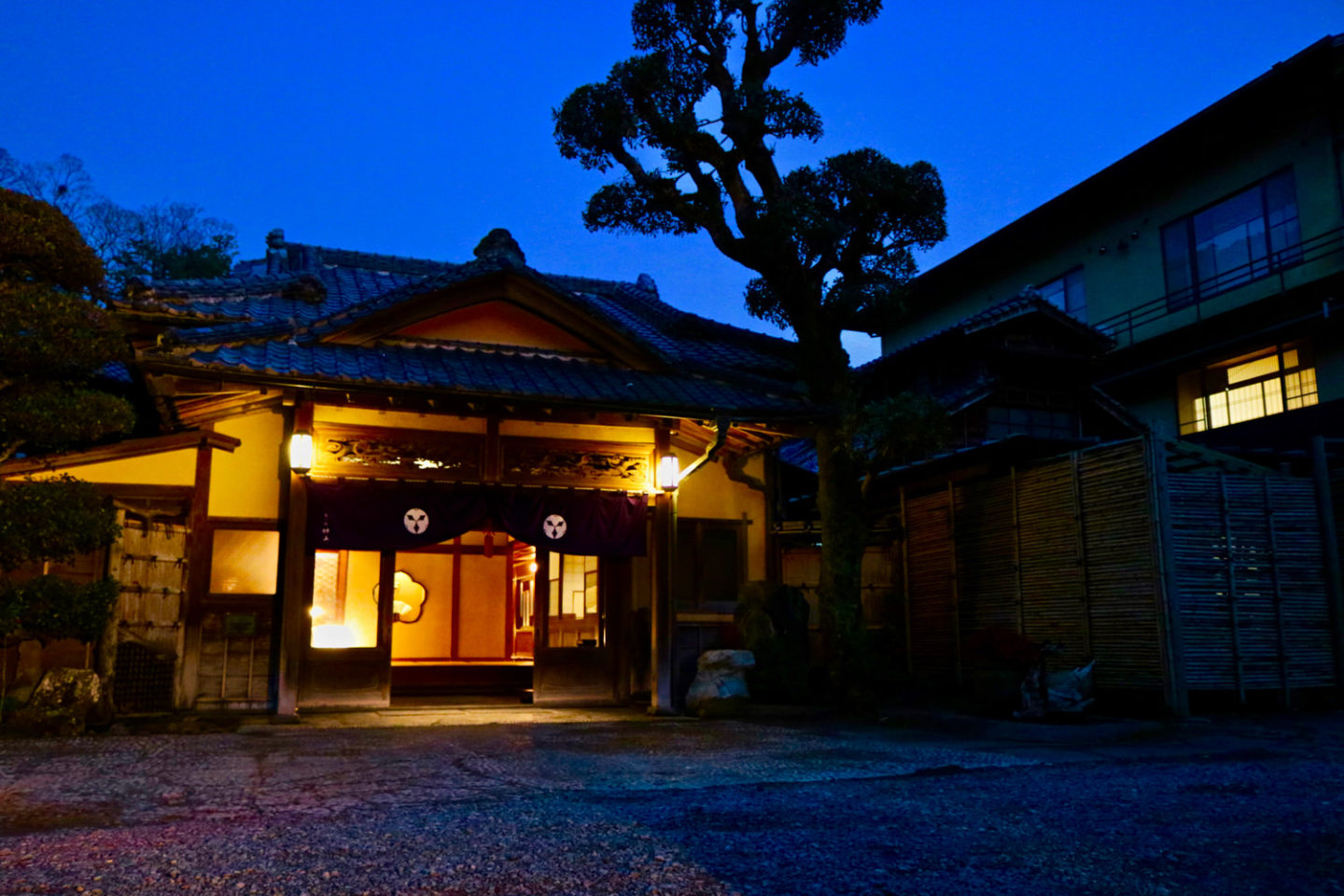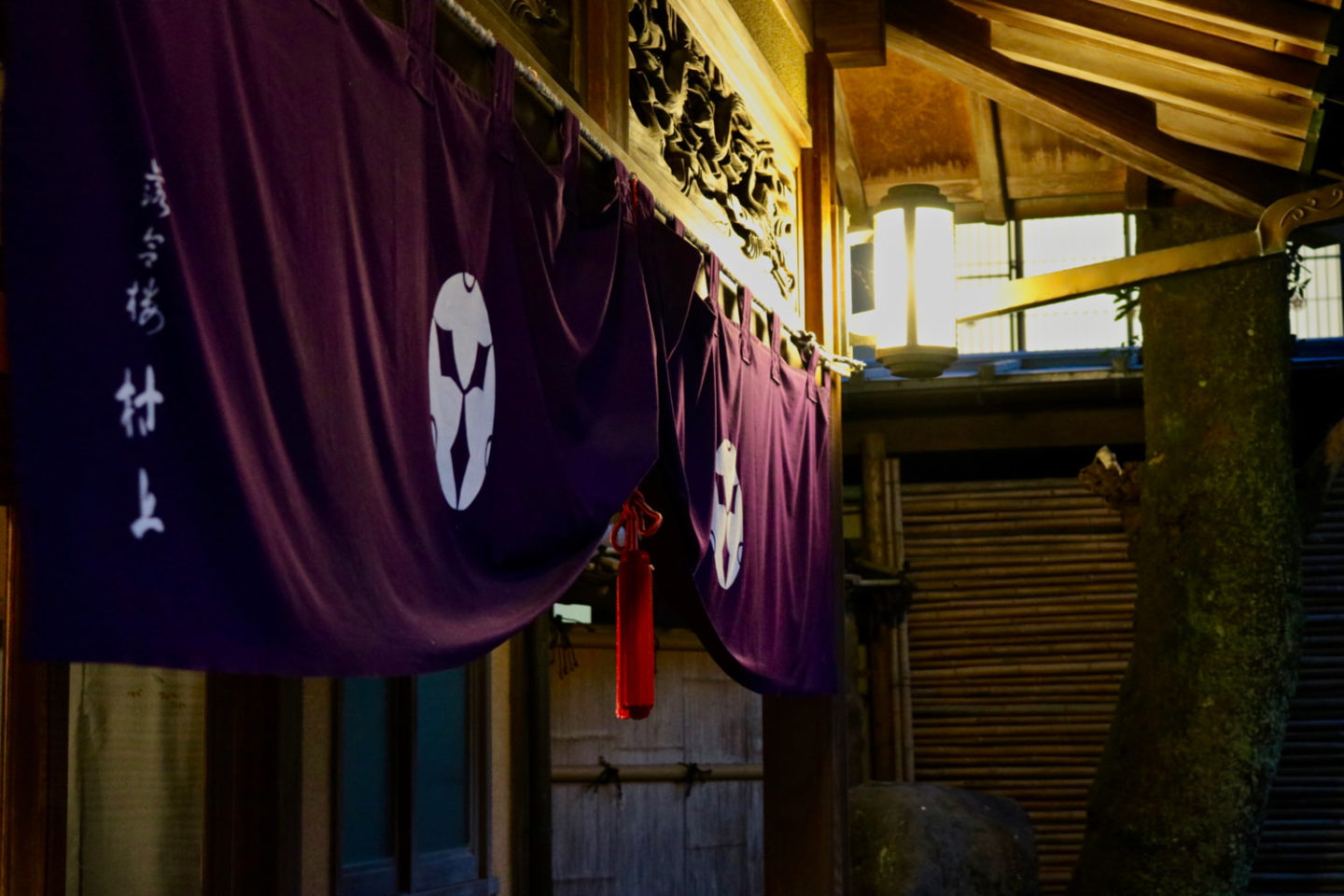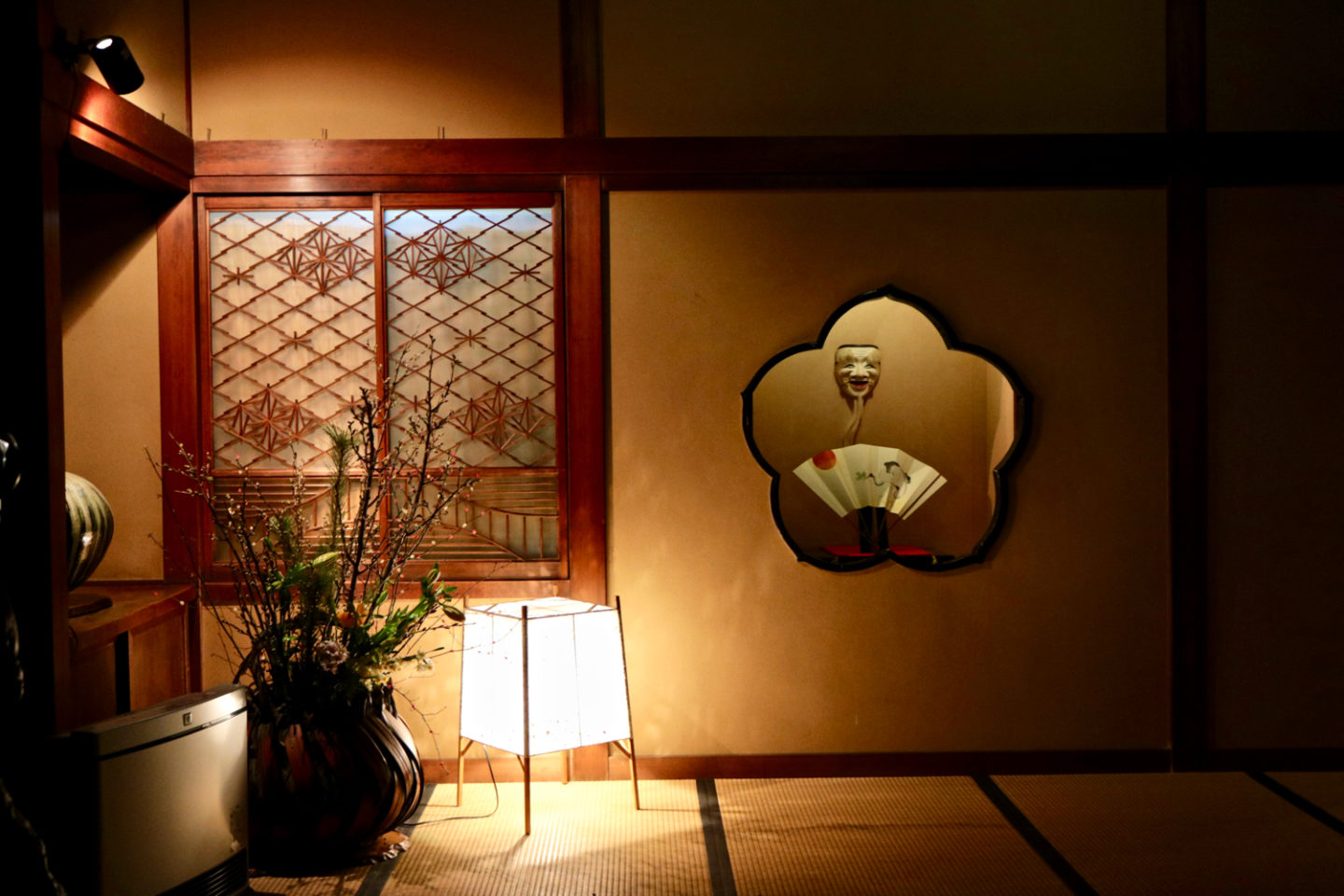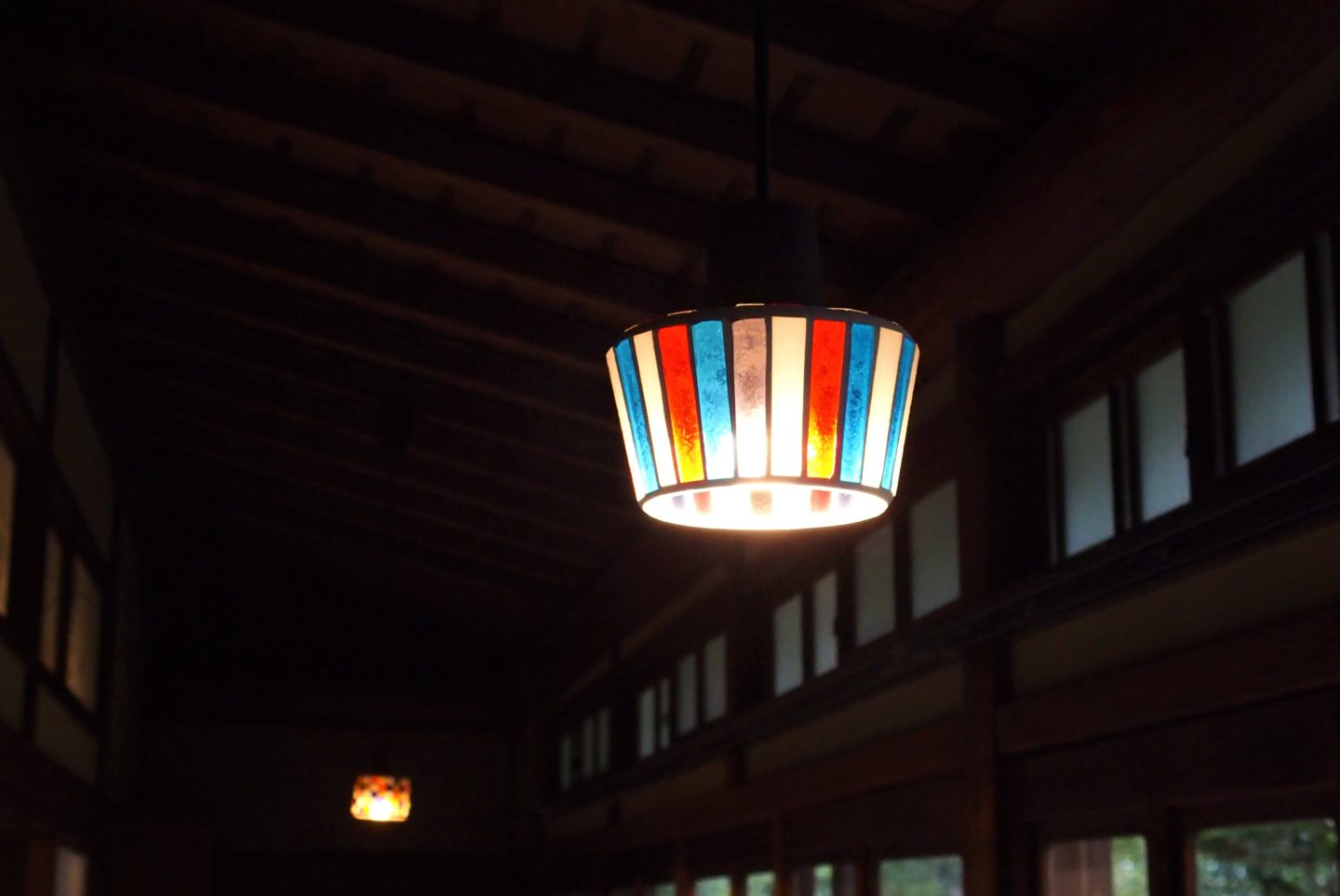Ochiairo Murakami. It was a ryokan I wanted to spend my entire stay doing nothing, other than indulging in hot spring baths, enjoying carefully and elaborately prepared food, and strolling around the quaint building filled with tangible cultural properties.
Yep, I said that right. Parts of this historical Japanese-style inn located in Izu Peninsula, Shizuoka Prefecture, are government-registered tangible cultural properties — in fact, a whopping 90% of it! Being able to spend a night in such a building was an honor, and a truly memorable experience.

A historical ryokan loved by great literary figures
Ochiairo Murakami has a long history dating back to the late 19th century. At the time, this area — known as Amagi Yugashima — was a gold mining spot, and one of the mining entrepreneurs came up with a plan to set up a ryokan here. Thus, the predecessor of Ochiairo Murakami was built in 1874, and started welcoming guests from Tokyo and other areas.
Its name, Minunrou, is said to have reflected the political and social situation at the time. The ryokan was completed only several years after the Meiji Restoration took place, when things were still quite rocky in Japan. The name of the ryokan — which is made up of three Japanese kanji characters that each mean “sleep,” “cloud” and “building” — is said to have expressed the owner’s wishes, to provide a calm and restful lodging to people who are tired and exhausted from everything that’s happening around them.

By the way, the construction required 250,000 yen. An ordinary house at the time cost around 100 yen to be built, so you could tell how gorgeous this ryokan was!
Then, in 1881, Tesshu Yamaoka, a close aide of Emperor Meiji suggested a new name. While staying at Minunrou, he noticed that it stands right where two rivers, the Hontani-gawa River and the Nekko-gawa River, meet. He therefore came up with the name “Ochiairo” — which comes from the verb “ochiau,” which means “to meet (up)” in Japanese. The owner immediately took up this idea.

As mentioned in my article below, the Amagi Yugashima area was a popular hangout/relaxation spot for famous literary figures of the Meiji and Taisho periods, such as Yasunari Kawabata (“The Dancing Girl of Izu”) and Toson Shimazaki (“The Broken Commandment”). Some of them stayed at Ochiairo, and the ryokan thus became the setting for some of their works.
[inarticle link=”https://stroll.work/en/yumichi-izu-shizuoka/”]
The ryokan has been called “Ochiairo Murakami” since 2002, when the present owner — Mr. Murakami — started running the place.

